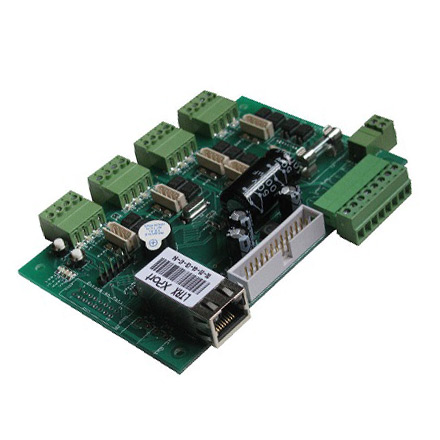

The Versatility and Applications of Green Float Glass
Green float glass, a prominent type of glass, has gained considerable popularity in various industries due to its unique characteristics and environmental advantages. This type of glass is produced using the float glass process, where molten glass floats on top of molten tin. This method produces a smooth, flat, and uniform thickness, making it ideal for a wide range of applications.
Composition and Characteristics
Green float glass is characterized by its slightly green tint, which is primarily due to the presence of iron oxide in its raw materials. This coloration not only enhances its aesthetic appeal but also provides important functional properties. Green float glass has good optical clarity, decent thermal performance, and significant durability, making it a preferred material in architectural applications. Its ability to filter out harmful ultraviolet (UV) radiation also contributes to energy efficiency, as it helps maintain cooler indoor temperatures.
Moreover, green float glass has excellent tensile strength, enhancing its suitability for structural applications. Its clear transmission of natural light, paired with moderate reflection, makes it an ideal choice for windows, doors, and facades in both residential and commercial buildings. The glass can be treated further—tempered, laminated, or coated—to meet specific performance requirements, such as enhanced security or insulation.
Environmental Benefits
One of the most significant advantages of green float glass is its environmental sustainability. Often made using recycled materials, this type of glass can be produced with a lower carbon footprint than many traditional building materials. The manufacturing process itself is highly efficient, and any waste glass generated can be recycled into new glass products, thus promoting a circular economy.
Furthermore, the use of green float glass in construction contributes to energy efficiency
. The natural light it allows into spaces reduces the need for artificial lighting, thereby lowering energy consumption. In climates where cooling is essential, the thermal insulation properties of properly treated green float glass can minimize the use of air conditioning, creating energy-efficient buildings that ultimately lead to reduced greenhouse gas emissions.
Applications in Architecture
Green float glass is extensively used in architectural designs due to its aesthetic characteristics and functional benefits. It is a popular choice for window panes, external facades, skylights, and glass partitions. When used in curtain walls, green float glass can create visually appealing structures that merge beautifully with their surroundings while allowing an abundance of natural light to permeate indoor spaces.
In commercial buildings, green float glass can contribute to creating modern and sleek designs, enhancing the overall visual appeal. Retail outlets often use it to create inviting displays, making the products inside more visible and attractive to potential customers.
Automotive Uses
Apart from its architectural applications, green float glass is also commonly found in the automotive industry. Windshields, side windows, and rear windows are often made from this type of glass, valued for its toughness and ability to resist shattering. The slightly tinted sheen not only offers some degree of UV protection but also enhances vehicle aesthetics.
Future Trends
As sustainability continues to gain prominence in design and construction, the demand for green float glass is expected to increase. Innovations in glass technology, such as self-cleaning surfaces, energy-generating glass, and advanced coatings that improve thermal insulation and anti-reflective properties, will likely enhance the appeal of green float glass.
In conclusion, green float glass represents a blend of functionality, aesthetic appeal, and environmental sustainability. Its applications in architecture and the automotive industry, combined with its sustainable production processes, position it as a key material in the quest for greener, more energy-efficient designs. As technologies advance and the market demand for sustainable materials grows, green float glass is poised to play an even more significant role in shaping our built environment in the years to come.